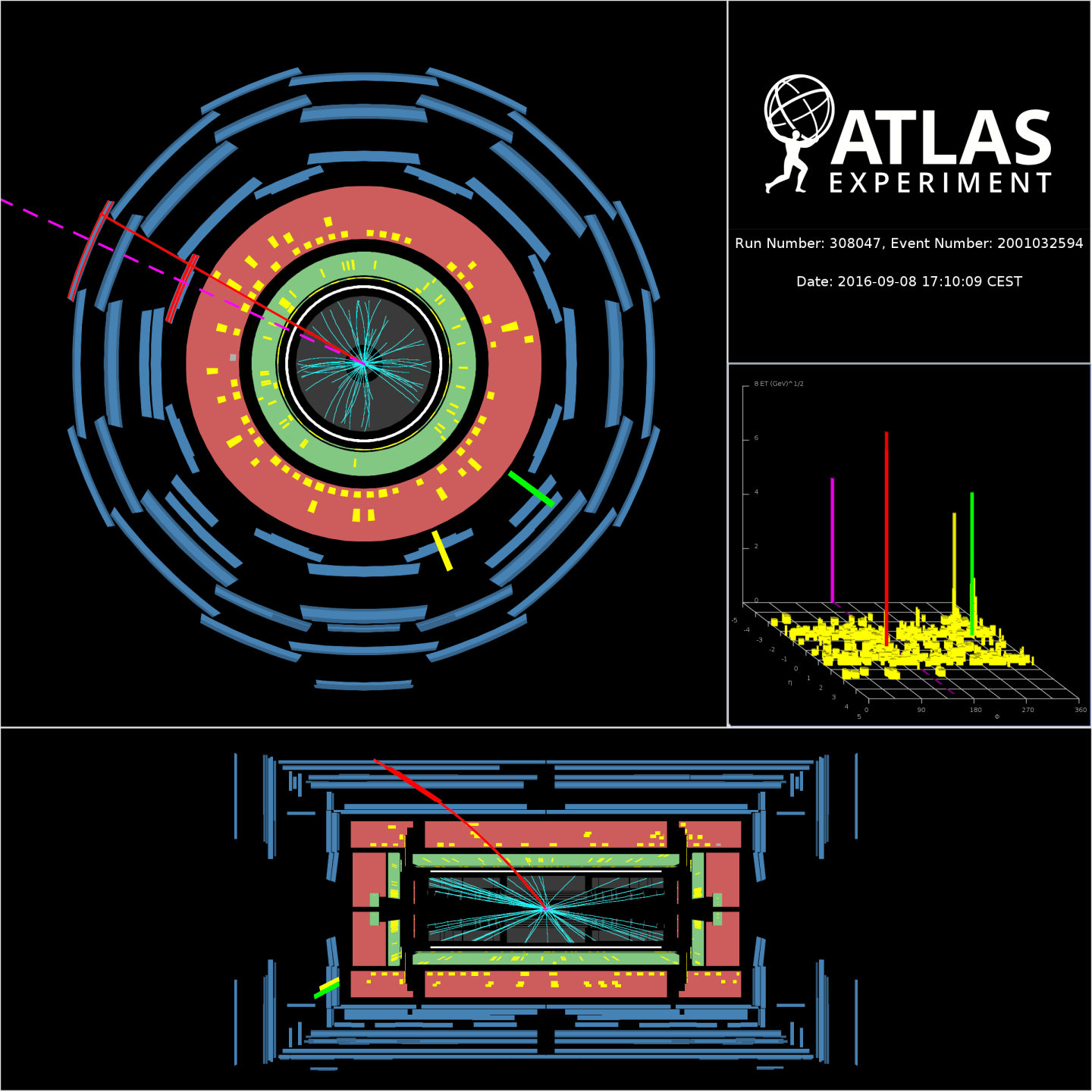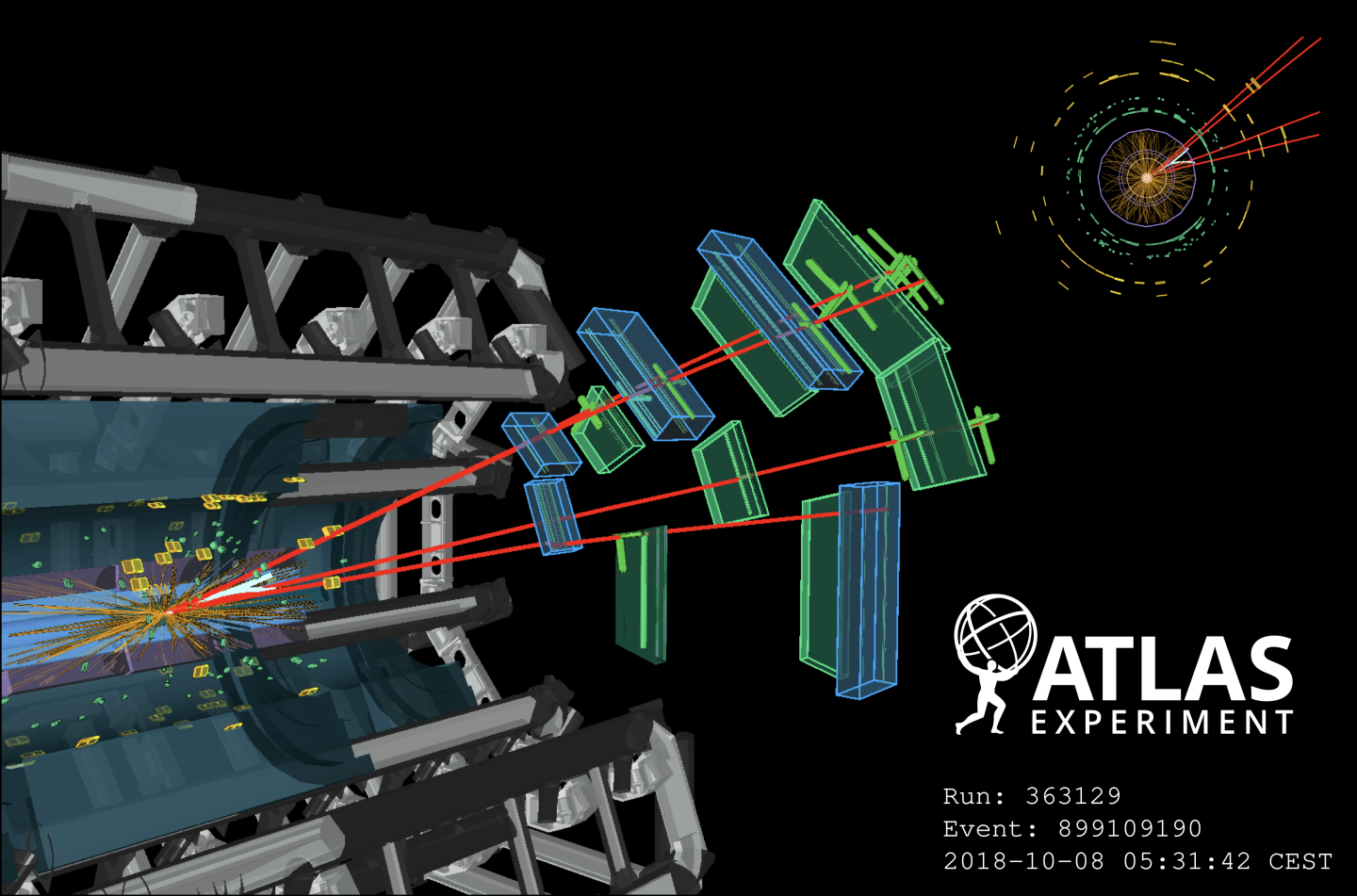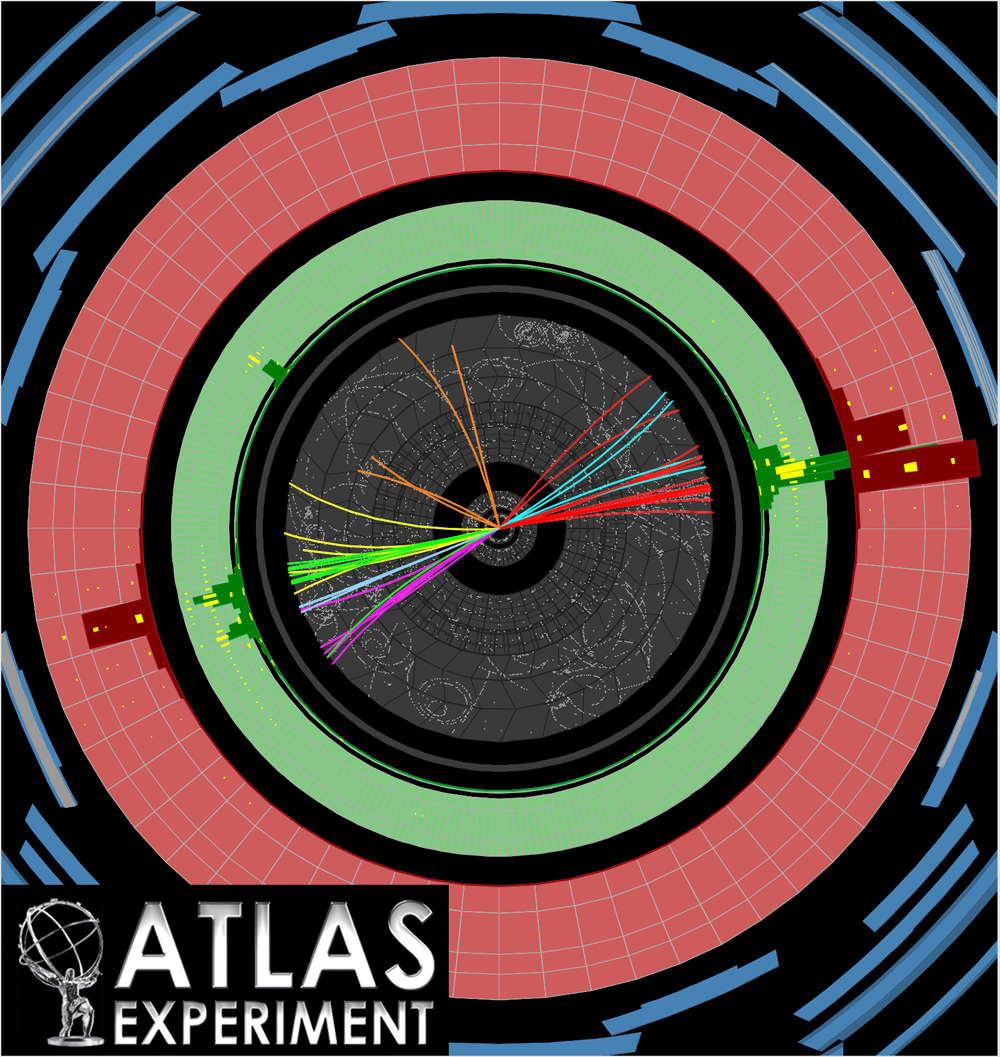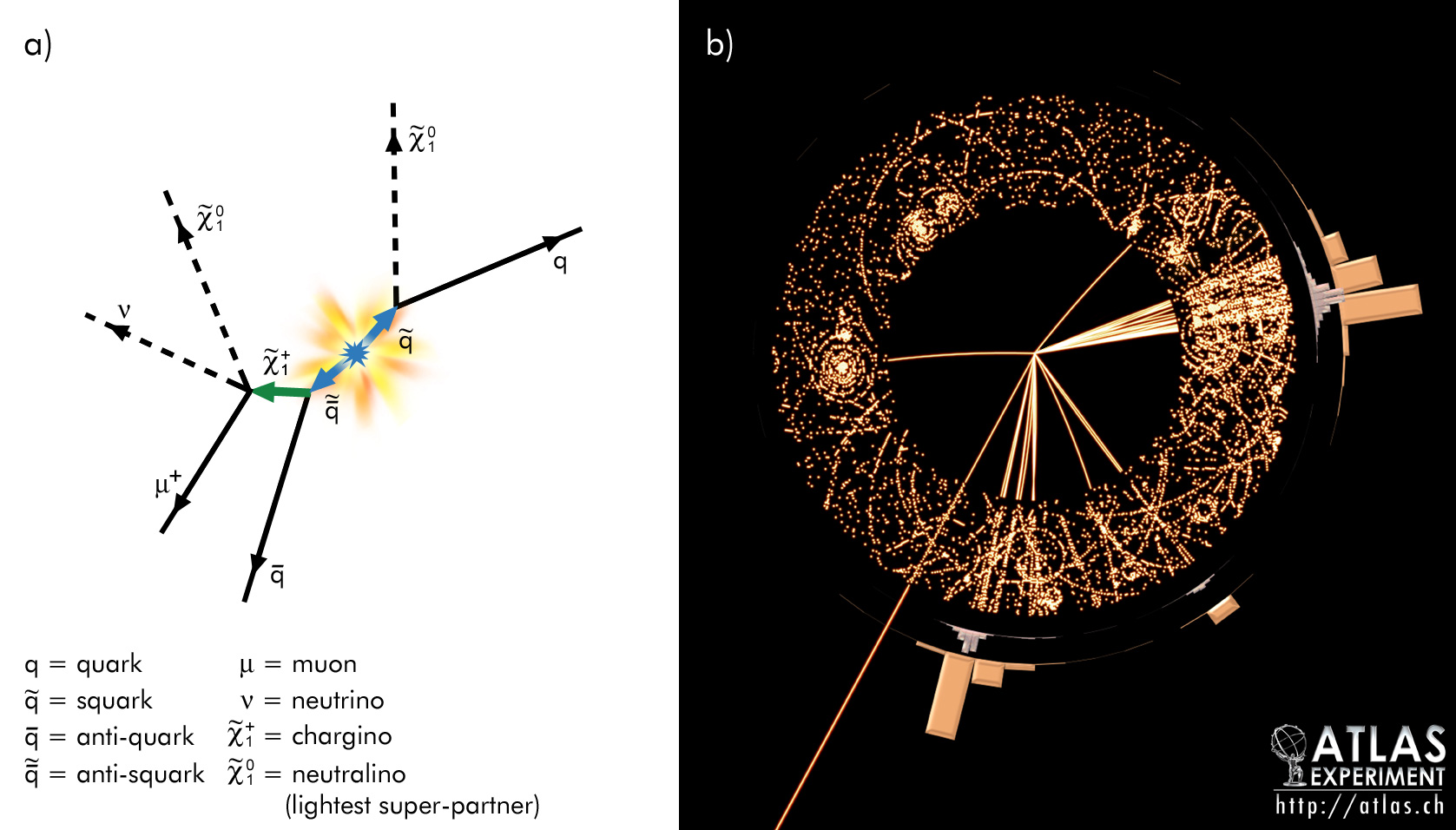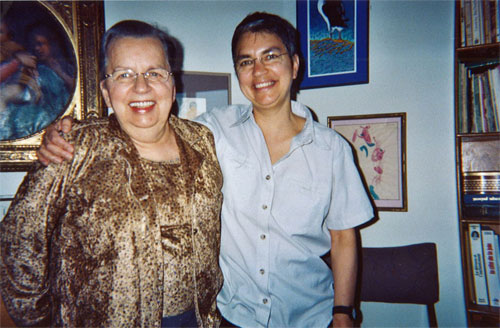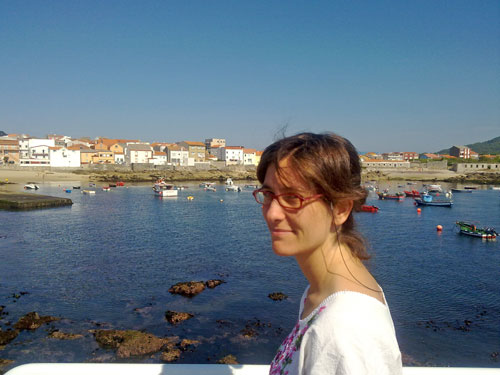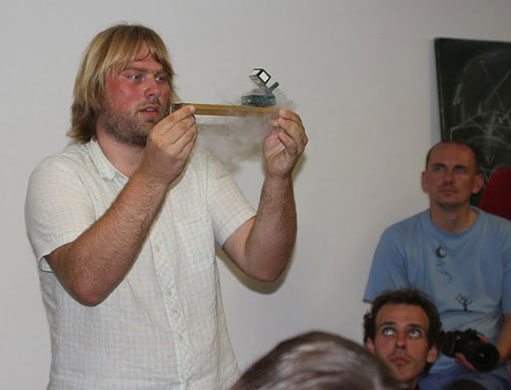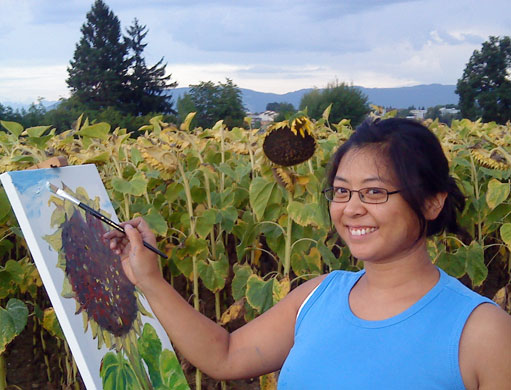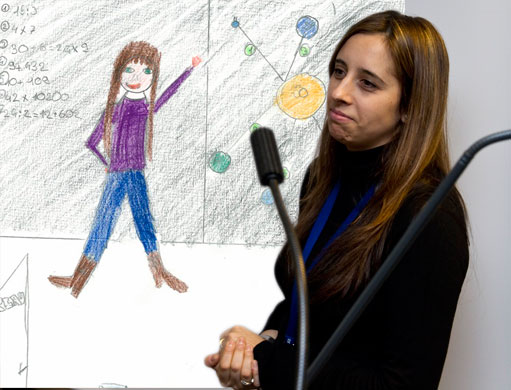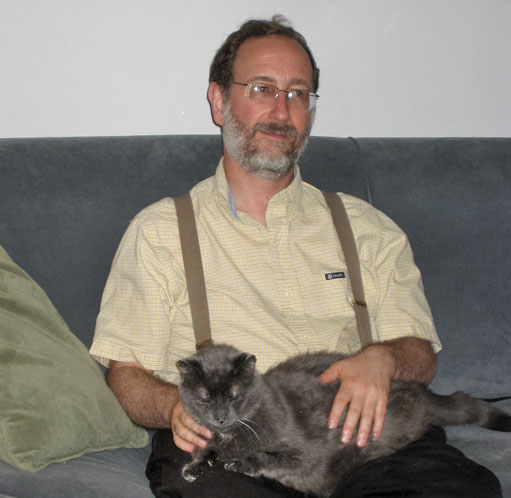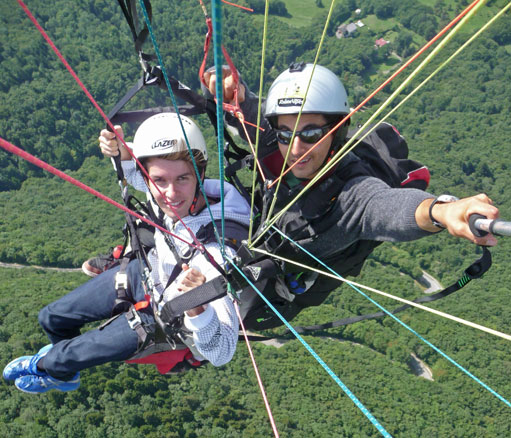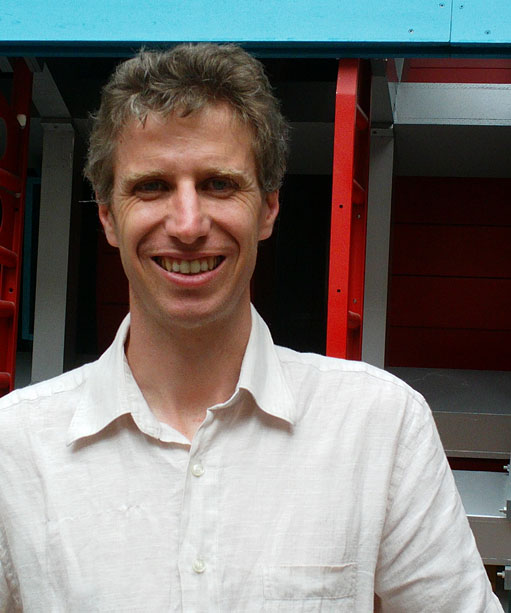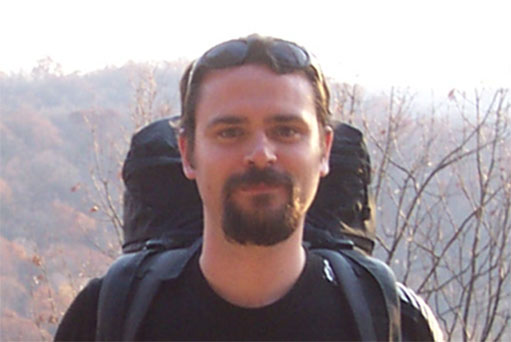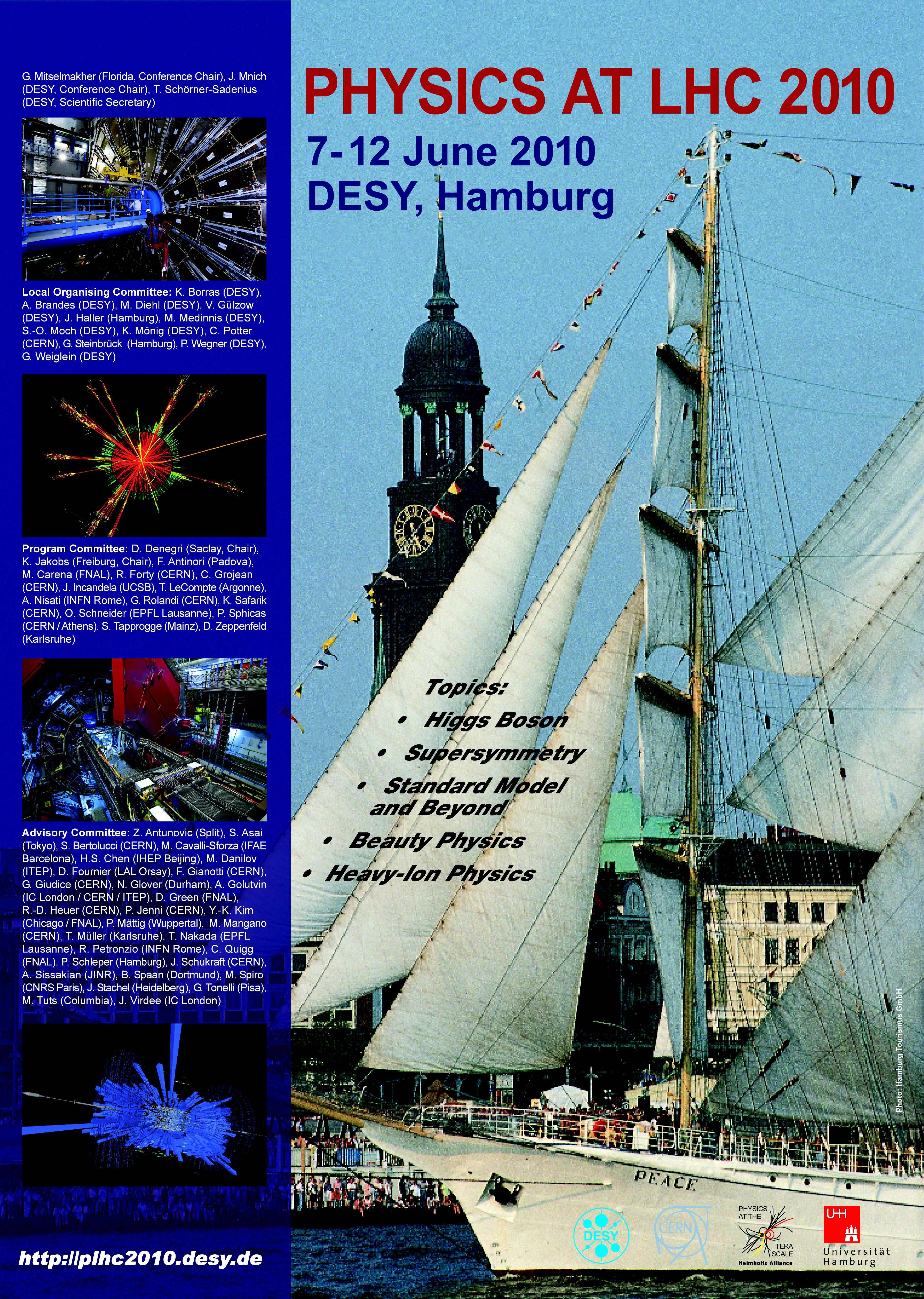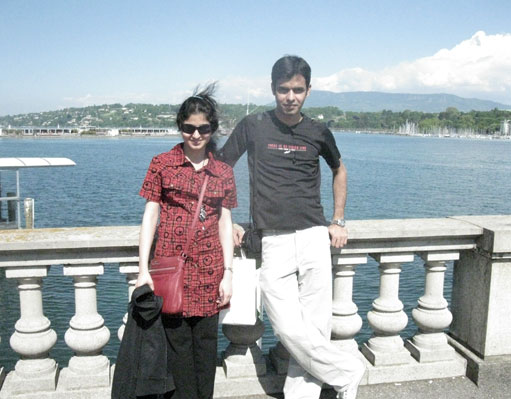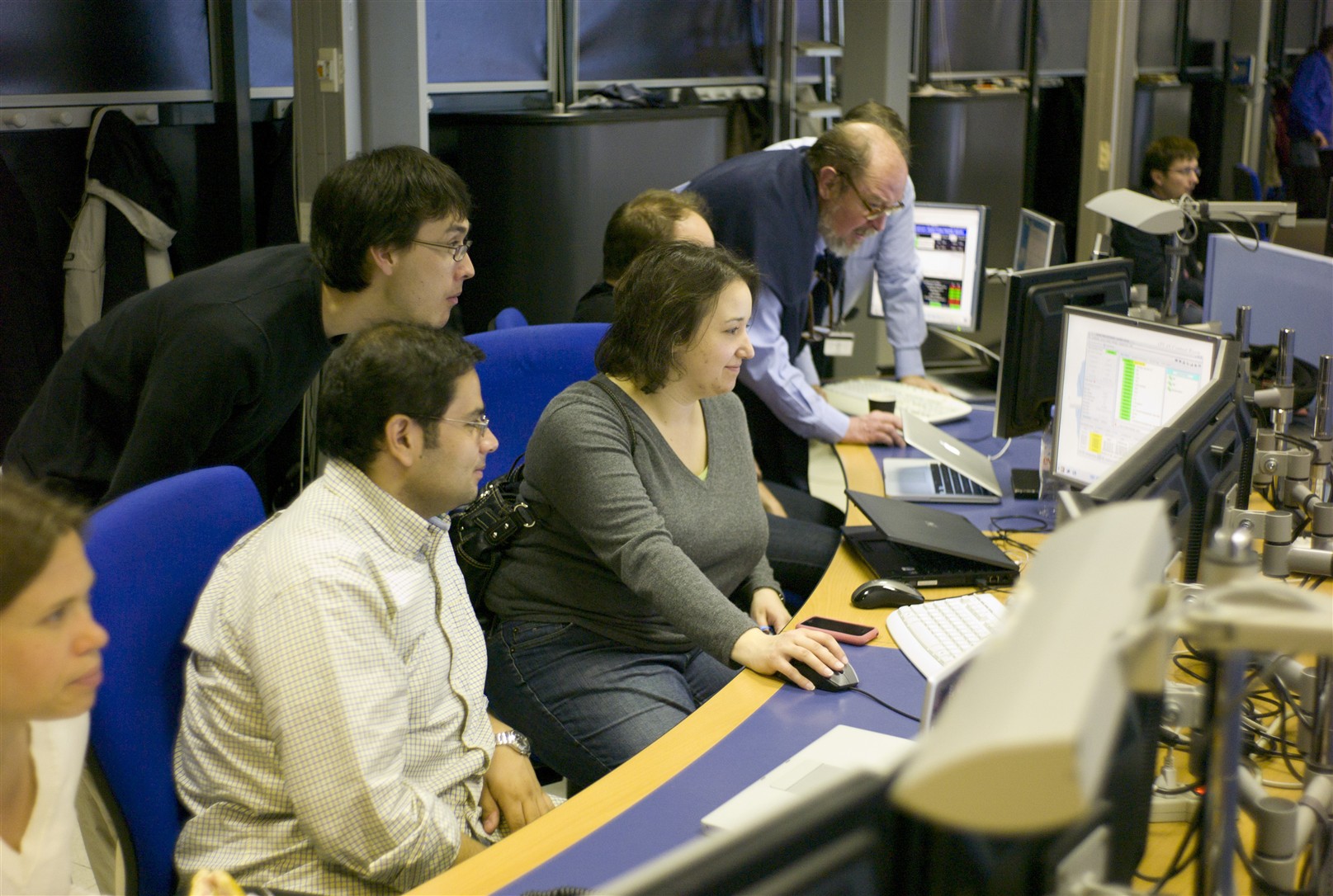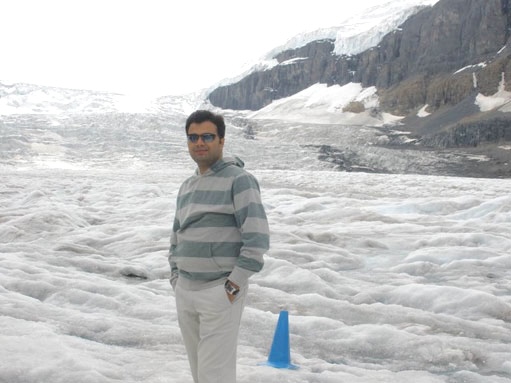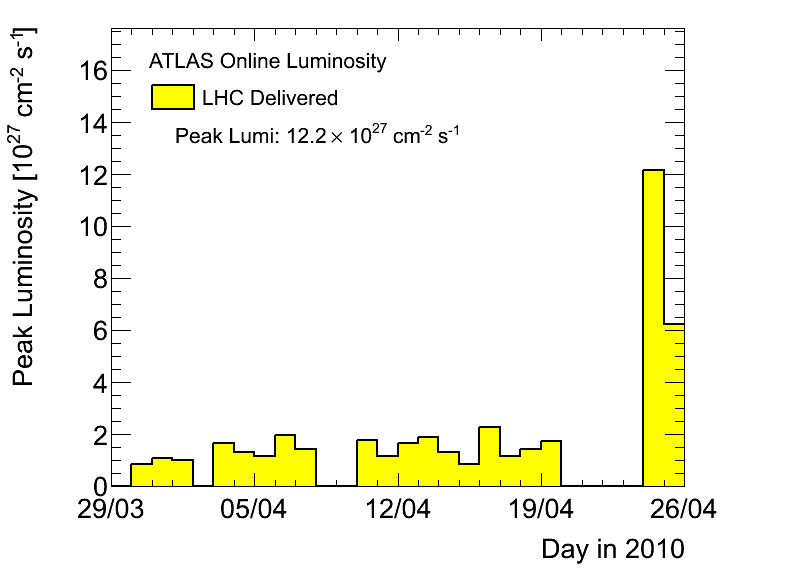A Search for New Physics Processes using Dijet Events
The ATLAS Experiment has extended the energy frontier of searches for new particles and new processes beyond those of the Standard Model by studying collision events with so-called "dijets".
News |
Is Nature Supersymmetric?
String Theory predicts a new symmetry, called "supersymmetry", that could shed light on some of today's mysteries of fundamental particles and interactions. In supersymmetry, every particle-type should have a "shadow" particle called a super-partner that (in general) has a much higher mass. The ATLAS Experiment has analyzed the first year of its LHC data and searched for evidence of these super-partners of ordinary matter.
News |
Pauline Gagnon
Profile |
Teresa Fonseca Martin
Profile |
Martin Rybar
Profile |
Genevieve Steele
Profile |
Regina Kwee
Profile |
Takanori Kono
Profile |
Valeria Perez Reale
Profile |
Frederick Luehring
Profile |
Kathy Copic
Profile |
Elvar Karl Bjarkason
Profile |
The inverse picobarn threshold has been crossed in ATLAS!
Another milestone has been passed in the long run of ATLAS toward new physics. On Monday August 9, 2010 ATLAS has recorded the first inverse picobarn (pb-1) of 7 TeV collisions. The trend is good and we recently reached the 0.1 pb-1 per day of integrated luminosity (meaning that we can now collect in ~10 days the amount of data we have collected over the last 4 months).
Blog |
Bengt Lund-Jensen
Profile |
ATLAS starting to get on Top of things
ATLAS is about to check one more particle off of its Standard Model (SM) checklist. Namely the top quark. This famous quark is perhaps one of the most complex of the SM particles.
Blog |
Pascal Pralavorio
Profile |
Trevor Vickey
Profile |
Sleepless Nights Lead to First Results of 2010...
Do you hear that? The incessant typing? The coffee machines vending cup after cup? If you go to Building 40, or Building 32, Building 188, or to any one of the many graduate student offices around the world, you will hear the tap of key boards, the whir of disk drives, and even the occasional heated civil discussions with "elevated" voices.
Blog |
Mahsana Ahsan
Profile |
Conversations on Shift
When the detector is running smoothly, neighbors in the ATLAS control room sometimes get conversational. A few days back I was on shift, quietly looking at plots on the monitor in front of me, trying to decide if one small sensor was misbehaving or not. “I have a question,” the shifter next to me said.
Blog |
A new record run
In the evening of Saturday May 15, we have reached a new peak luminosity record of 6 1028 cm-2s-1
Blog |
Lucie de Nooij
Profile |
Nitesh Soni
Profile |
Putting the Squeeze on the Protons
It took a little bit of time, but the wait was worth it. The LHC has successfully achieved its first physics run with "squeezed beams"!
Blog |


